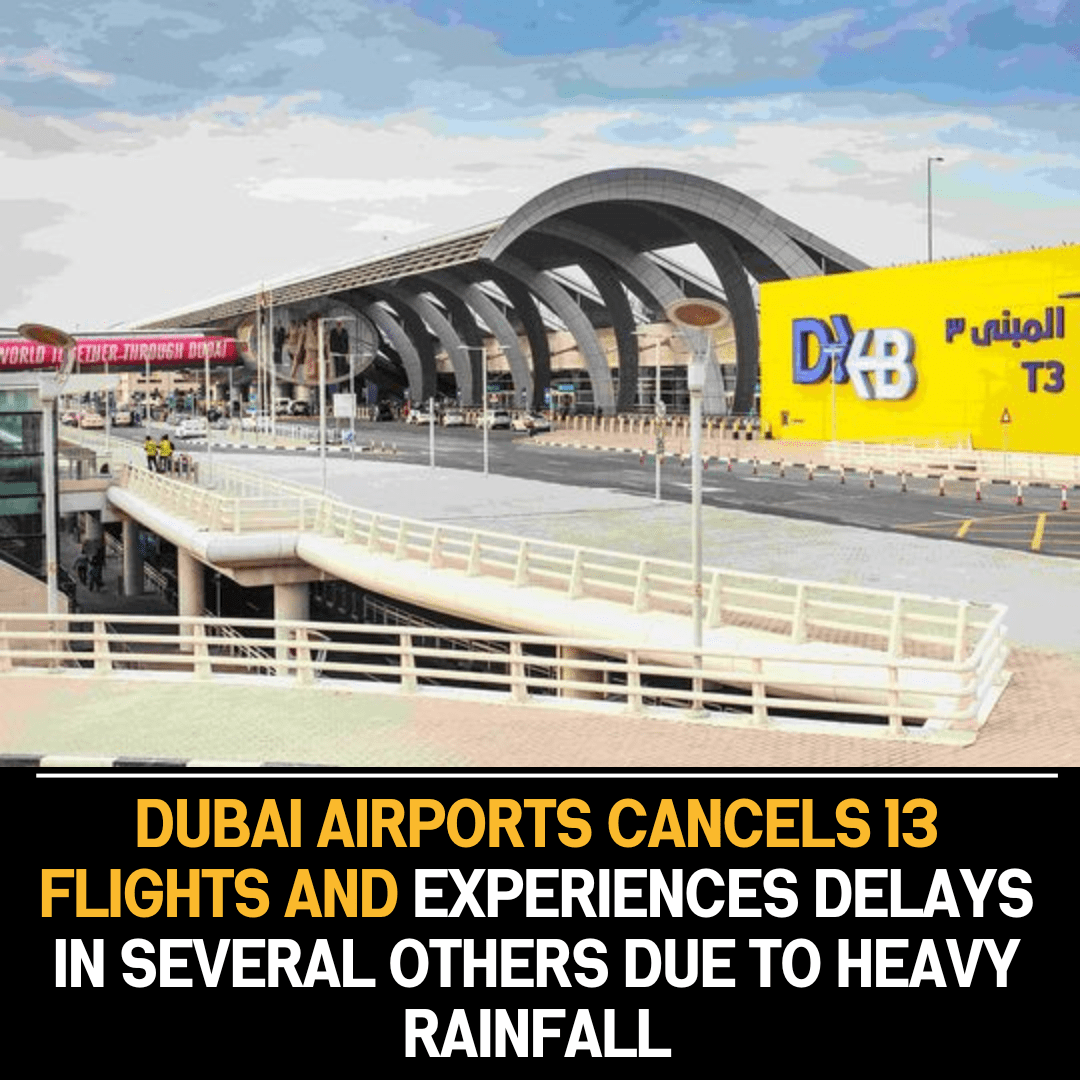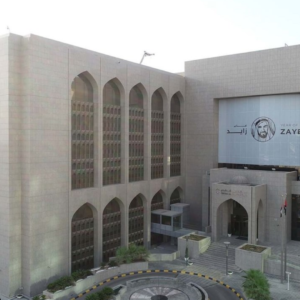In an unexpected turn of events, Dubai, renowned for its desert climate, was struck by heavy rainfall, leading to significant disruptions at Dubai Airports. The unusual weather pattern caught many by surprise, as the region is more accustomed to scorching temperatures and minimal precipitation.
The downpour resulted in the cancellation of 13 flights, while numerous others faced delays, sending ripple effects throughout the travel industry. Such disruptions not only inconvenience passengers but also pose logistical challenges for airlines and airport authorities.
One of the primary reasons for the flight cancellations and delays was the unanticipated intensity of the rainfall. Dubai’s infrastructure, though modern and efficient, is not always equipped to handle such extreme weather conditions. The sudden inundation likely led to difficulties in runway operations, visibility issues, and potential safety concerns, prompting authorities to prioritize passenger well-being by grounding and delaying flights.
Moreover, the impact of the disruptions extended beyond the airport terminals. Travelers faced uncertainty regarding their itineraries, with some forced to rearrange connecting flights or make alternative travel arrangements. This upheaval is particularly problematic for those with tight schedules or business commitments, potentially resulting in financial losses and inconveniences.
The situation also underscores the vulnerability of modern transportation systems to unexpected weather events, highlighting the importance of proactive measures and contingency planning. While Dubai may not experience heavy rainfall frequently, climate change and unpredictable weather patterns make such occurrences increasingly likely in the future.
In response to the disruptions, airport authorities and airlines worked diligently to minimize the impact on travelers. Communication channels were activated to keep passengers informed about the status of their flights, and efforts were made to expedite the resumption of normal operations once the weather conditions improved.
As the region grapples with the aftermath of the rainfall, lessons can be drawn regarding the need for resilience and adaptability in the face of climate-related challenges. While Dubai’s infrastructure is generally robust, events like these serve as reminders of the importance of preparedness and flexibility in ensuring the smooth functioning of vital transportation hubs, especially in an era marked by environmental unpredictability.









